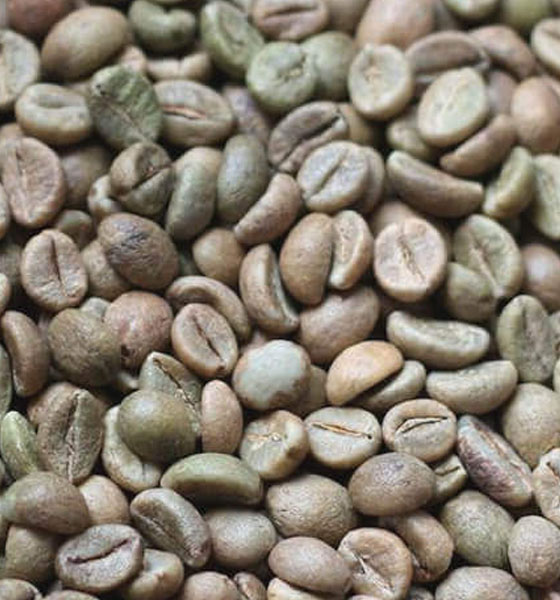
Arabica and Robusta Blend
South Indian coffee is often praised for its unique blend of Arabica and Robusta beans. The combination of these two varieties contributes to a balanced and flavorful cup with distinct characteristics.
Altitude and Growing Conditions:
South Indian coffee is grown in regions with varying altitudes, providing optimal conditions for slow maturation and flavor development. Specific elevations and climate conditions contribute to the uniqueness of the coffee.
Flavor Profiles:
South Indian coffee offers diverse flavor profiles. For example, Arabica beans might present a well-balanced cup with mild acidity, floral notes, and hints of chocolate and nuts. Robusta beans contribute to a fuller body with robust, earthy flavors.
Processing Methods:
Traditional processing methods in South Indian coffee production significantly impact the final taste and aroma. This can include the washed process, natural process, or unique regional techniques.
Cultural Significance:
South India boasts a rich coffee culture with unique practices in cultivation, harvesting, and brewing. These cultural aspects add a storytelling element to the product, connecting consumers to its origins.
Certifications and Sustainability:
Any certifications like organic, fair trade, or Rainforest Alliance, if applicable, are worth mentioning. Emphasize sustainable and environmentally friendly practices employed in cultivating South Indian coffee.
Brewing Recommendations:
Suggestions on the best brewing methods enhance the consumer experience. Whether it's pour-over, espresso, or traditional South Indian filter coffee, offering brewing tips can bring out the full potential of the coffee.
Customer Testimonials:
Including positive customer testimonials or reviews can highlight the unique qualities and superior taste of South Indian coffee, adding credibility to your claims.